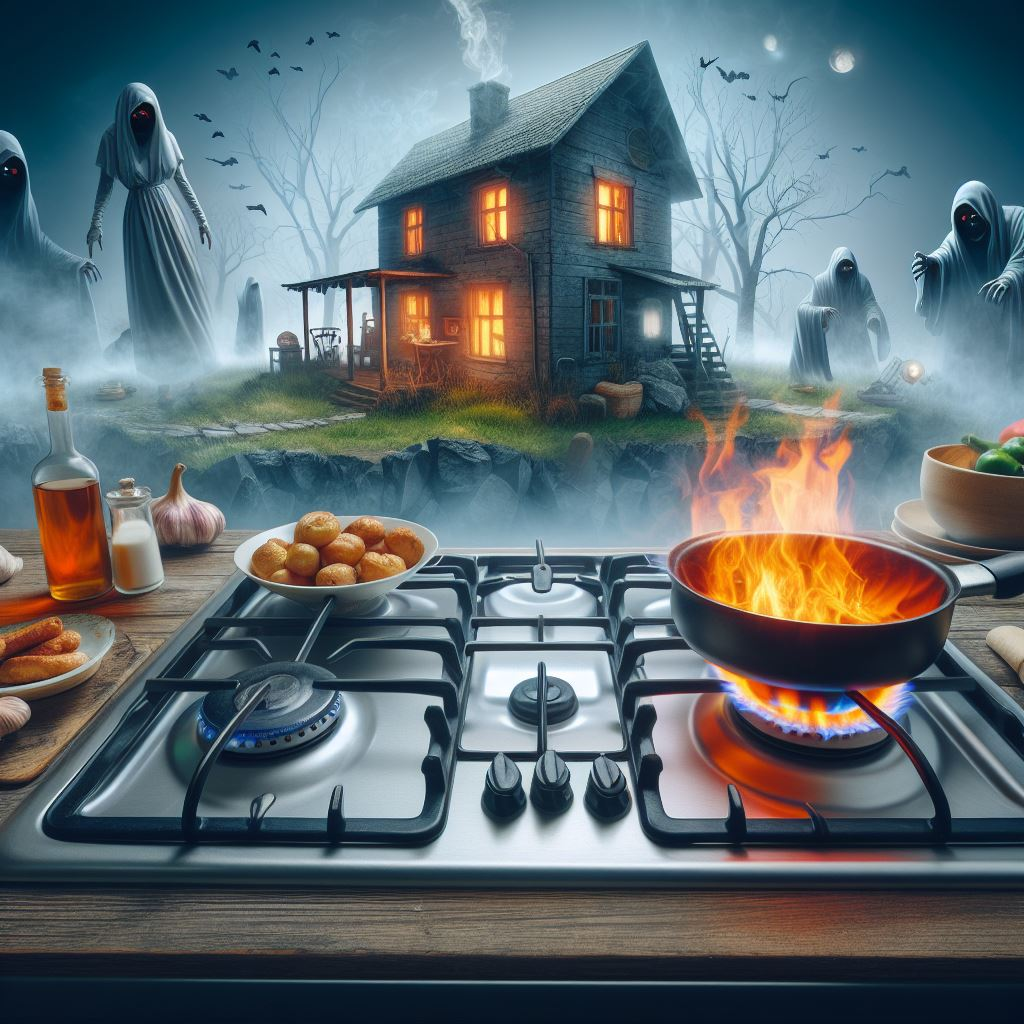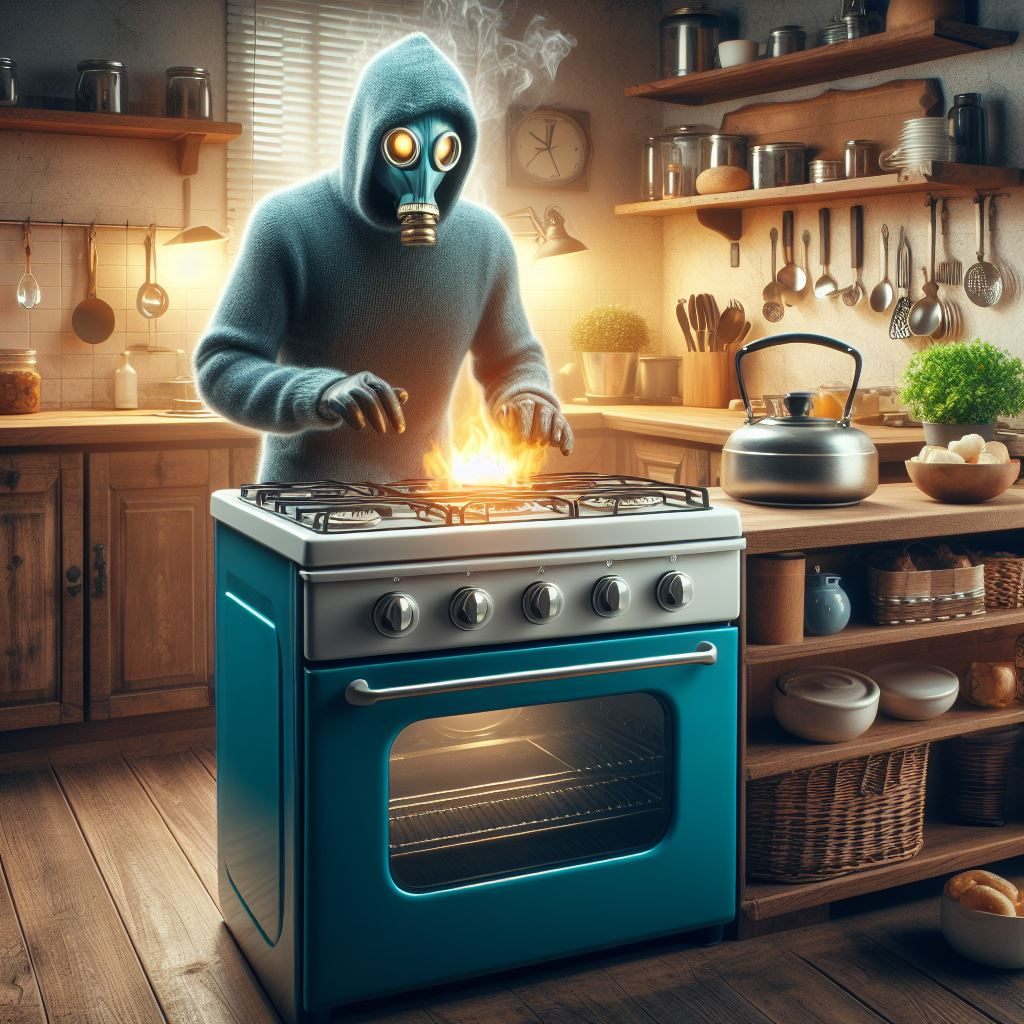- 17 March 2024
- 464
Unveiling Health Risks: Is Your Gas Stove a Hidden Danger?

Introduction
Meet Jane Doe, a seasoned health and safety expert with over a decade of experience in the field. Jane has dedicated her career to educating individuals about potential health risks in everyday life, including those lurking in our own homes.
The Ubiquity of Gas Stoves
Gas stoves, with their precise control and powerful heat, are a common sight in many homes. They have been the preferred choice for many homeowners due to their efficiency and familiarity. However, this common kitchen appliance might be hiding a potential health risk.
The Potential Health Risks
Gas stoves, while efficient, burn natural gas, which can release a variety of pollutants into your home. These include nitrogen dioxide, carbon monoxide, and formaldehyde, all of which can have harmful effects on human health. Long-term exposure to these gases can lead to respiratory issues, headaches, and in severe cases, even carbon monoxide poisoning.

Studies and Evidence
Several studies have found a correlation between the use of gas stoves and an increase in respiratory issues. For instance, a study published in the Environmental Health Perspectives found that children living in homes with gas stoves have a 42% higher chance of having asthma symptoms. Another study found that long-term exposure to nitrogen dioxide, one of the gases released by gas stoves, can lead to an increased risk of heart disease.
Protecting Your Home and Loved Ones
While the potential risks associated with gas stoves can be alarming, there are several steps you can take to mitigate these risks. Ensuring proper ventilation in your kitchen can significantly reduce the concentration of harmful gases. Using a range hood that vents outside and opening windows while cooking can help improve ventilation. Regular maintenance of your stove can also ensure it is burning gas efficiently, reducing the amount of pollutants released.
Alternatives to Gas Stoves
If you’re considering replacing your gas stove, there are several healthier and safer alternatives available. Induction cooktops, for instance, offer the same level of control as gas stoves, but without the associated risks. They work by using magnetic fields to heat cookware directly, resulting in less wasted heat and no harmful gases.
Conclusion
While gas stoves can be a potential source of indoor air pollution, being aware of the risks and taking steps to mitigate them can ensure a safe and healthy cooking environment. Whether you choose to stick with your gas stove or switch to a safer alternative, the key is to stay informed and take the necessary precautions.
Table: Key Points
| Heading | Key Point |
|---|---|
| The Ubiquity of Gas Stoves | Prevalence in homes |
| The Potential Health Risks | Exposure to harmful gases |
| Studies and Evidence | Correlation with health issues |
| Protecting Your Home and Loved Ones | Tips for mitigation |
| Alternatives to Gas Stoves | Induction cooktops |
Remember, your health and safety are paramount. Stay informed, stay safe

